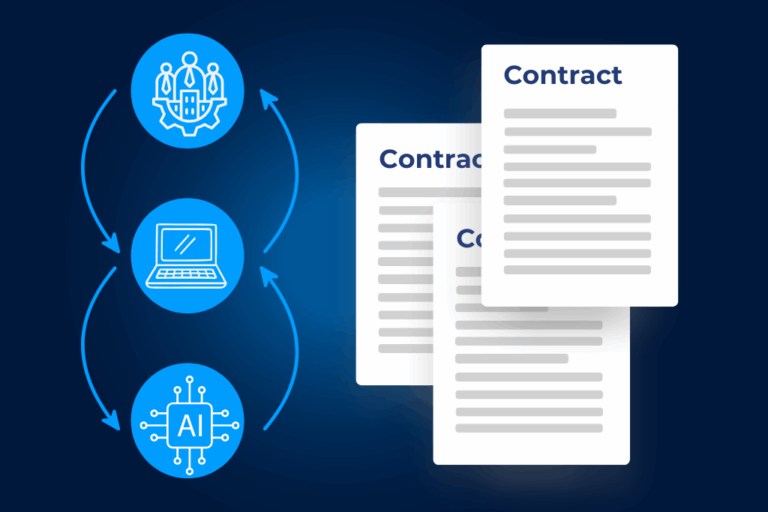Introduction
When people say “good documentation practices,” the audience often thinks of documents stored correctly in ordered folders and neat stacks. For the pharmaceutical industry, GdocP is much more.
Good documentation practices go beyond paper and pen. They are one of the key principles of GxP in pharma. Good Documentation Practices are about trust, traceability, and integrity across the entire pharmaceutical lifecycle. Whether you’re testing a new product, recording a trial error, or preparing for an audit, GdocP ensures your work is credible and compliant.
Following these guidelines should be viewed not only as a regulatory requirement in the pharmaceutical world, but as a powerful way to build trust across every stage of the pharma lifecycle. They unite everyone involved, from compliance teams and quality directors to legal affairs and procurement managers, under the same commitment to integrity and accountability.
Understanding GdocP principles with ALCOA
At the heart of Good Documentation Practices lies a simple set of principles known as: ALCOA. This acronym is the standard for documentation integrity in the pharmaceutical and biotech industries. ALCOA shapes solid GdocP frameworks as it means documentation must be:
Attributable
Every entry should clearly show who performed an action and when it occurred. Whether it is a test result, or an incident report, data must be linked to its creator. Good Documentation Practices mean there are no mystery signatures or unidentified entries, the end goal is to ensure that if something goes wrong, an auditor will be able to rapidly know exactly who did what and at what time.
Legible
To be legible does not just mean to be clean, but that data can be read, understood, and verified, even years down the line. Good Documentation Practices require every record to be permanent, clear, and accessible. Whether it’s a handwritten log or a digital record, GdocP demands clarity so no information gets lost in translation.
Contemporaneous
Write things down as they happen, not three hours later while sipping coffee. In Good Documentation Practices, timing matters. Records must reflect real-time events. Backdating or postdating entries is more than careless, it’s a violation of compliance. GdocP ensures that every record matches the exact time and event it represents, keeping your documentation accurate, traceable, and defensible during any inspection.
Original
The principle is: copies fade, originals don’t. The Original component of ALCOA means that the first record of data is the one that counts. Good Documentation Practices require you to preserve original entries or certified true copies, whether they are electronic or paper. GdocP protects data from being altered or misrepresented, guaranteeing authenticity. Working with a digital tool can help preserve original copies in a more orderly matter, document libraries tend to help.
Accurate
Accuracy ties the other principles together. Every figure, observation, and note must reflect reality. Good Documentation Practices focus on preventing transcription errors, maintaining calibration records, and verifying calculations. GdocP insists on precision because even a small mistake in pharma documentation can have major consequences.
Why ALCOA Matters
The European Commission has emphasized that Good Documentation Practices are critical for compliance with Good Manufacturing Practice (GMP) requirements. Without robust GdocP, a company risks more than financial and compliance consequences. Data integrity issues can lead to product recalls, halted trials, or worst, harm to patients.
ALCOA-based GdocP is non-negotiable because:
By applying Good Documentation Practices rooted in ALCOA, pharma companies protect not only their products but their reputations.
Note: Each region may have a slight different set of standards or consequences for those who fail to comply.
How to Nail GdocP as a Pharma Company
Let’s be honest: achieving excellent Good Documentation Practices isn’t just about good handwriting or digital storage. It’s about creating a documentation culture that lives and breathes integrity. GdocP needs structure, accessibility, and security at every step.
Here’s how pharma companies can get it right:
Secure and Controlled Storage
Documents must be stored in a secure and organized manner, whether on physical shelves or digital systems. Good Documentation Practices require that all data is backed up and protected against unauthorized access or loss. Using the right digital tools improves access control, classification, and traceability. GdocP also ensures that data retention aligns with regional regulatory timelines.
Readily Accessible
No one wants to keep auditors waiting when they come knocking. Good Documentation Practices require that records are easy to locate, review, and reproduce. This prevents the scramble of a last-minute document hunt during audits. A well-implemented GdocP system keeps information logically organized and searchable within minutes.
Security and Backup
Accidents happen and systems can fail, which is why Good Documentation Practices require multiple layers of security and regular backups to protect records. Whether documentation is stored in the cloud or on-premise, GdocP ensures data remains available and consistent even during disruptions. A strong document management or contract management system automates backups and gives teams confidence that their information is safe and recoverable.
Signature and Audit Trails
Electronic signatures, timestamps, and audit trails are essential for compliance. Good Documentation Practices ensure that every action is traceable and verifiable. GdocP provides each record with a digital fingerprint showing who made changes, when they happened, and why.
Real-Life Examples: GdocP in Action
How exactly do GdocP help internal teams from the pharmaceutical industry? This industry is one of the most innovative but also most constraining in terms of regulations and compliance. Here are some clear examples of moments that will make any compliance or quality director be thankful of a proper documentation strategy.
Testing a New Product
When testing a new drug compound, every trial step must be documented. Good Documentation Practices ensure data entries are complete, accurate, and contemporaneous. GdocP keeps the process compliant and ready for validation, reducing risk during regulatory reviews.
Handling Errors During Clinical Trials
Humans and even machines make mistakes, and that is fine, only as long as they’re recorded properly. Good Documentation Practices demand that errors are documented, explained, and corrected transparently. GdocP ensures auditors can trace every deviation to its source and most importantly, verify that corrective actions were taken.
Preparing for Audits
Auditors love organized chaos, but they love Good Documentation Practices more. A solid documentation framework and strategy gives auditors confidence that all data is reliable, signed, and attributable. It shows you have nothing to hide, only excellence to display.
The future of GdocP lays on digitization, automation and simplification
Pharmaceutical companies juggle endless records, approvals, and validations. The smartest move is to invest in technology that brings Good Documentation Practices to life. A Contract Lifecycle Management (CLM) and documentation storage tool can help you automate repetitive tasks, track signatures, and store records securely in one centralized place.
With digital transformation and strong GdocP principles, teams can build documentation integrity that is bulletproof.


